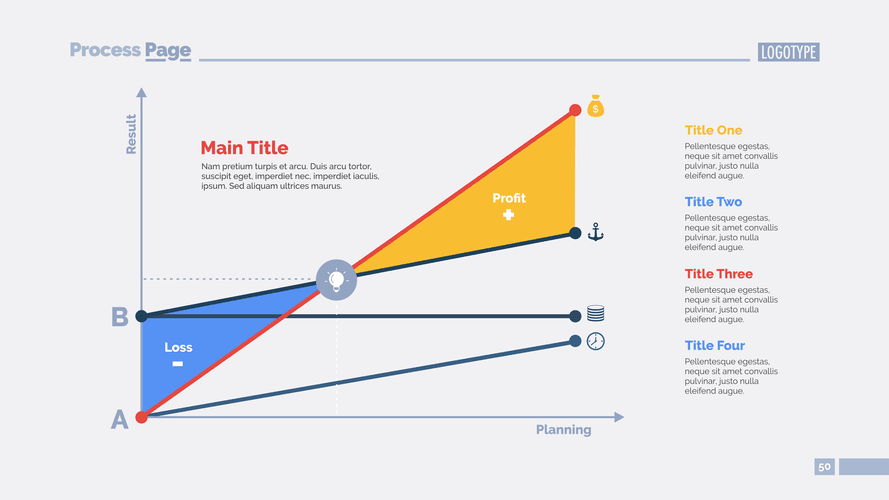
Any firm that does not keep part of the net income as retained earnings means that it has to finance growth through debt or by issuing new shares (which further dilutes the equity). Another purpose of the retained earnings statement is that it shows the trend of how a company invests in growth and development by outlining what a company does with its profits. The par value of ordinary shares is the face value of the shares as decided by the company in its articles of incorporation (corporate charter). Companies may assign par value to their shares to give confidence to investors that the shares cannot be issued at a later time to other investors below the par value.
- Retained earnings offer internally generated capital to finance projects, allowing for efficient value creation by profitable companies.
- As an investor, one would like to know much more—such as the returns that the retained earnings have generated and if they were better than any alternative investments.
- A statement of retained earnings, or a retained earnings statement, is a short but crucial financial statement.
- Since company A made a net profit of $30,000, therefore, we will add $30,000 to $100,000.
- In fact, both management and the investors would want to retain earnings if they are aware that the company has profitable investment opportunities.
Are Retained Earnings a Type of Equity?
However, it can be challenged by the shareholders through a majority vote because they are the real owners of the company. Up-to-date financial reporting helps you keep an eye on your business’s financial health so you can identify cash flow issues before statement of retained earnings example they become a problem. Shareholders equity—also stockholders’ equity—is important if you are selling your business, or planning to bring on new investors. In that case, they’ll look at your stockholders’ equity in order to measure your company’s worth.
Are Retained Earnings Considered a Type of Equity?

These adjustments could be caused by improper accounting methods used, poor estimates, or even fraud. In other words, assume a company makes money (has net income) for the year and only distributes half of the profits to its shareholders as a distribution. The other half of the profits are considered retained earnings because this is the amount of earnings the company kept or retained. The purpose of releasing a statement of retained earnings is to improve market and investor confidence in the organization. Instead, the retained earnings are redirected, often as a reinvestment within the organization.
Subtract Dividends That Your Company Pays Out to Investors
Finally, calculate the amount of retained earnings for the period by adding net income and subtracting the amount of dividends paid out. The ending retained earnings balance is the amount posted to the retained earnings on the current year’s balance sheet. Retained earnings represent a useful link between the income statement and the balance sheet, as they are recorded under shareholders’ equity, which connects the two statements.
Statement of Owner’s Equity – Center for Commercial Agriculture – Purdue College of Agriculture News & Stories
Statement of Owner’s Equity – Center for Commercial Agriculture.
Posted: Thu, 27 Aug 2020 07:25:20 GMT [source]

Let us assume that the company paid out $30,000 in dividends out of the net income. The statement of retained earnings can be created as a standalone document or be appended to another financial statement, such as the balance sheet or income statement. The statement can be prepared to cover a specified cycle, either monthly, quarterly or annually. In the United States, it is required to follow the Generally Accepted Accounting Principles (GAAP).
How to Calculate the Effect of a Stock Dividend on Retained Earnings?
These funds are also held in reserve to reinvest back into the company through purchases of fixed assets or to pay down debt. These earnings are considered “retained” because they have not been distributed to shareholders as dividends but have instead been kept by the company for future use. In financial modeling, it’s necessary to have a separate schedule for modeling retained earnings.
Your beginning retained earnings are the retained earnings on the balance sheet at the end of 2020 ($200,000, for example). If the company has a net loss on the income statement, then the net loss is subtracted from the existing retained earnings. If you have used debt financing, you have creditors or institutions that have loaned you money.
How to Prepare a Statement of Retained Earnings
- Revenue is the income a company generates before any expenses are taken out.
- Consider a company with a beginning retained earnings balance of $100,000.
- Likewise, both the management as well as the stockholders would want to utilize surplus net income towards the payment of high-interest debt over dividend payout.
- Also, given that the funds are obtained from within the organization, there is no dilution in the ownership, and the decision-making process of the shareholders will not be affected.
- The beginning period retained earnings is nothing but the previous year’s retained earnings, as appearing in the previous year’s balance sheet.
Emphasizing retained earnings becomes necessary if borrowing becomes expensive, even with limited profits. Negative retained earnings are a sign of poor financial health as it means that a company has experienced losses in the previous year, specifically, a net income loss. Overall, Coca-Cola’s positive growth in retained earnings despite a sizeable distribution in dividends suggests that the company has a healthy income-generating business model. The growing retained earnings balance over the past few years could suggest that the company is preparing to use those funds to invest in new business projects. Retained earnings are also called earnings surplus and represent reserve money, which is available to company management for reinvesting back into the business. When expressed as a percentage of total earnings, it is also called the retention ratio and is equal to (1 – the dividend payout ratio).